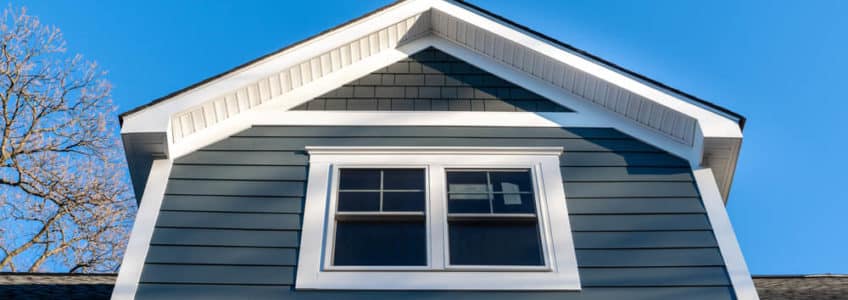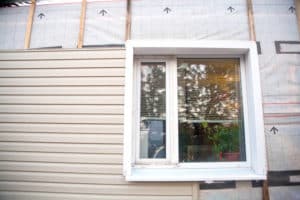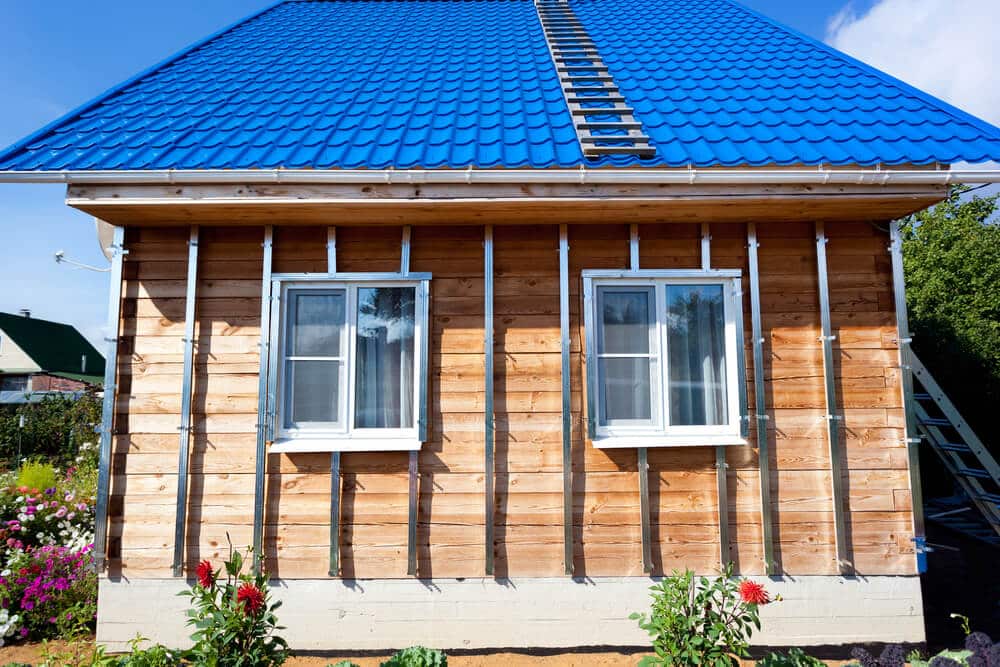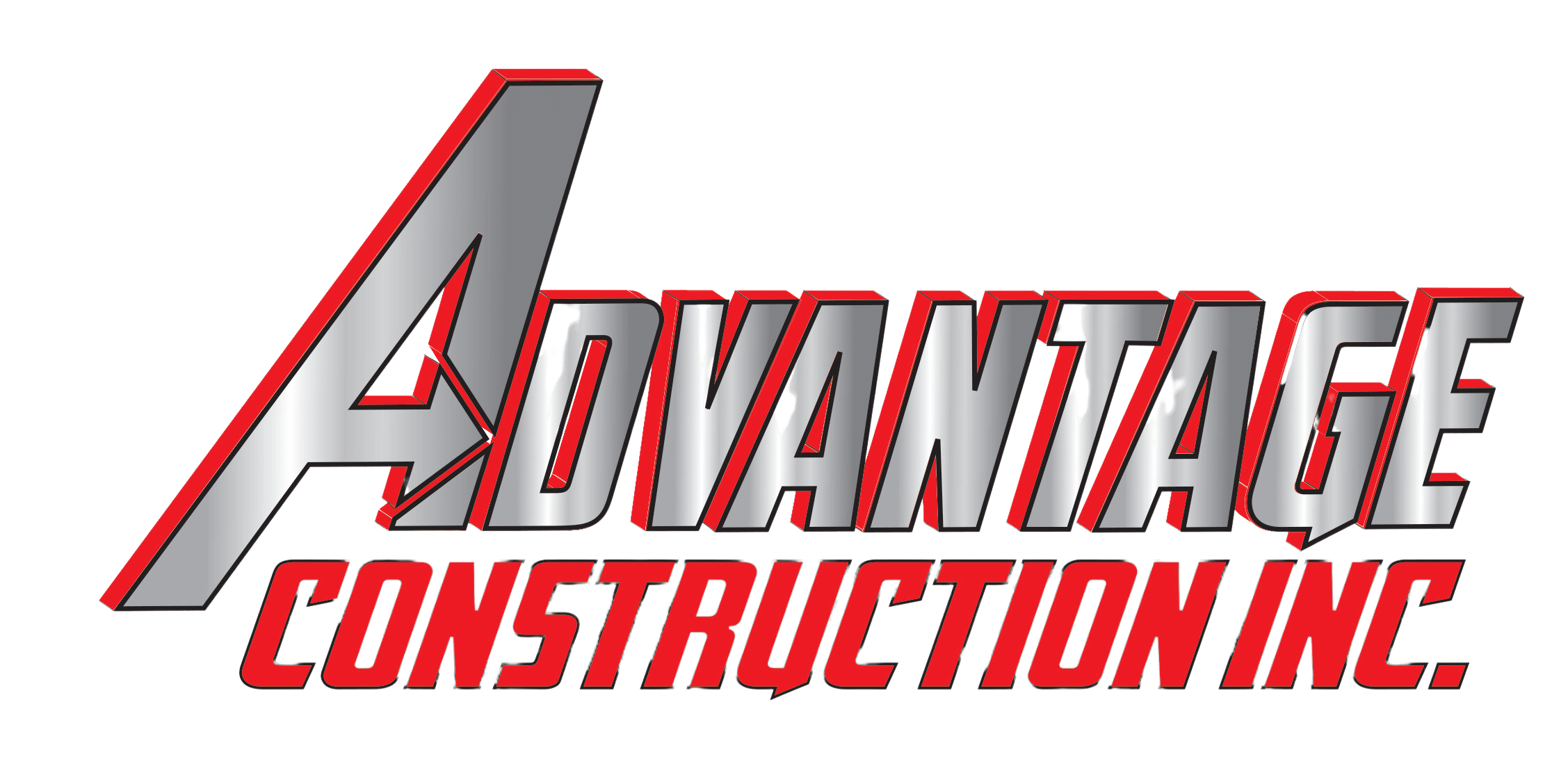
When choosing new siding for your home, the options can be overwhelming. If you’re considering insulated vinyl siding, you may have questions about the higher cost. Is the extra cost worth it? What are the benefits of insulated siding? This article explains insulated siding, its benefits, pricing, and more to help you make the best decision for your home.
What Is Insulated Siding?
 First, you must understand what insulated siding is. Most modern homes utilize some form of vinyl siding, and insulated vinyl siding is one of the most popular residential siding materials. From the outside, the insulated vinyl siding appears identical to traditional vinyl siding, but it features a solid foam layer behind the vinyl that provides additional insulation for your home.
First, you must understand what insulated siding is. Most modern homes utilize some form of vinyl siding, and insulated vinyl siding is one of the most popular residential siding materials. From the outside, the insulated vinyl siding appears identical to traditional vinyl siding, but it features a solid foam layer behind the vinyl that provides additional insulation for your home.
Most insulated vinyl siding uses polyvinyl chloride (PVC) on the outside with a foam backing made from a thick, dense material called expanded polystyrene (EPS). EPS is perfectly fitted to the PVC siding, and the two layers stay bonded using super-strong glue.
A slight difference in appearance between insulated and traditional vinyl siding is how the slat sits against the house. Traditional siding juts out in a step-like manner, adding dimension to the outside of your home, while insulated vinyl lays flat against the house. Many prefer the flat look to the staggered slats, as it’s sleeker and seamless.
Unlike wall insulation, siding insulation is relatively thin. The foam backing is typically only 1.25 inches thick. However, the EPS has excellent insulation properties, so even an inch can improve thermal insulation drastically and add value to your property.
Benefits of Insulated Siding
Insulated vinyl siding has many benefits to consider. Below are the top seven reasons to consider installing insulated vinyl siding on your home.
1. Energy Efficient
Possibly the most substantial benefit, insulated vinyl siding can improve your energy efficiency, helping the planet and lowering your monthly energy bills. The layer of EPS helps keep heat in your home when it’s cold outside and out of your home when it’s warm outside.
So your HVAC system doesn’t have to work as hard to regulate the temperature. This benefit helps you save on utility bills in the long term, so many people find this advantage worth the cost. Studies show that insulated siding can save you as much as 5% on your utility bills, which adds up over time, making the siding pay for itself.
2. Durable
Traditional siding is much less durable than insulated siding because it is thinner and more flexible. The steep conventional siding profile also leaves empty spaces against the wall foundation.
These exposed areas are vulnerable to damage, especially during harsh weather conditions. However, the flush design of insulated siding provides more comprehensive protection for your home. Another benefit of insulated siding is that it can last longer and withstand more wear and tear due to its design.
3. Appearance
Many people think that traditional and insulated vinyl siding look the same, but they are actually different in appearance. The flat look of insulated siding is more desirable for many, as it gives your house a sleeker and modern appearance.
The insulation can also help conceal any imperfections in the siding, providing an even cushion. However, traditional siding may appear uneven if the wall underneath is not perfectly flat. Most agree that insulated vinyl siding improves your home’s aesthetic and curb appeal.
4. Reduces Moisture
You produce a large amount of water vapor inside your home. Water vapor builds up inside your house from activities such as cooking, cleaning, and showering. The vapor needs to escape somehow, or the moisture will remain in the home, leading to the growth of mold and mildew.
Despite the density and durability of EPS insulation, it’s designed with vapor permeability, allowing the water vapor to escape. On the other hand, traditional siding can trap moisture, which can lead to bacterial growth.
5. Blocks Bugs
As mentioned, traditional vinyl siding leaves spaces between the steeped slats vulnerable to the elements, including bugs. Spiders, ants, and other creepy crawlers can find their way into your home via these unprotected spots on your wall.
They can also build their nests in these tiny and safe spaces. But the flush style of insulated siding leaves no space for them to get in or construct a nest. PVC and EPS are non-organic materials, so termites and similar insects cannot eat their way in.
6. Can Reduce Noise
Some insulated siding options come with noise-dampening features. If you have noisy neighbors or live in a high-traffic area where you can hear the sounds of passing traffic, insulated siding can help.
People who live near airports, highways, concert venues, or sports arenas can significantly benefit from the noise-dampening siding. It’s also helpful if you have a dog who loves to bark at everything that moves outside, as this can help them relax more and prevent them from disturbing your neighbors.
7. Increases R-Value
Unless you’re in the industry or are an insulation expert, you probably don’t know what R-value is. The R-value of your home refers to the insulation properties and capabilities. Dividing the temperature difference between the warm and cold areas on either side of a barrier by the heat flux through the barrier determines the R-value of a building.
Essentially, this value determines how heat exits or enters your home through the barriers in place. For example, the R-value of your front door is likely lower than the R-value of your roof, which is well-insulated. Insulated siding substantially increases the R-value of your home, which also enhances its resale value.
Cost Breakdown
Estimating the cost of installing insulated vinyl siding on your home is difficult because there are many factors to consider.
On average, quality insulated vinyl siding costs $8 per square foot. Additionally, installation costs an average of $6 per square foot, resulting in a total of around $14 per square foot of external space. Most people are unaware of the exterior square footage of their homes, but insulated vinyl siding is typically 50% more expensive than traditional vinyl siding. As mentioned, many factors influence the cost. The following considerations are likely to affect the cost of installing insulated vinyl siding:
- Location
- Time of year
- Home’s size
- Current siding and removal
- Previous damage
- Doors, windows, and other openings
- Quality of siding
- Custom colors
- Accent trims
- Added protection features
- Installation company
It’s nearly impossible to predict the cost without a professional quote, as numerous factors come into play. You also may be unaware of damage beneath your current siding, and all damage will need fixing before the new siding can go on. If you would like an estimate, consider contacting a professional residential siding contractor near you, such as Advantage Construction.
So, Is Insulated Siding Worth It?

Ultimately, the additional cost of insulated vinyl siding is well worth the investment. This type of siding adds significant value to your home and can help you save money on utility bills, mold removal, pest control, and other related expenses. The initial investment may be intimidating, but insulated vinyl siding can help you save money in the long run and protect your home.
If you are ready to increase your home’s R-value and appeal, contact Advantage Construction today for a free quote.
